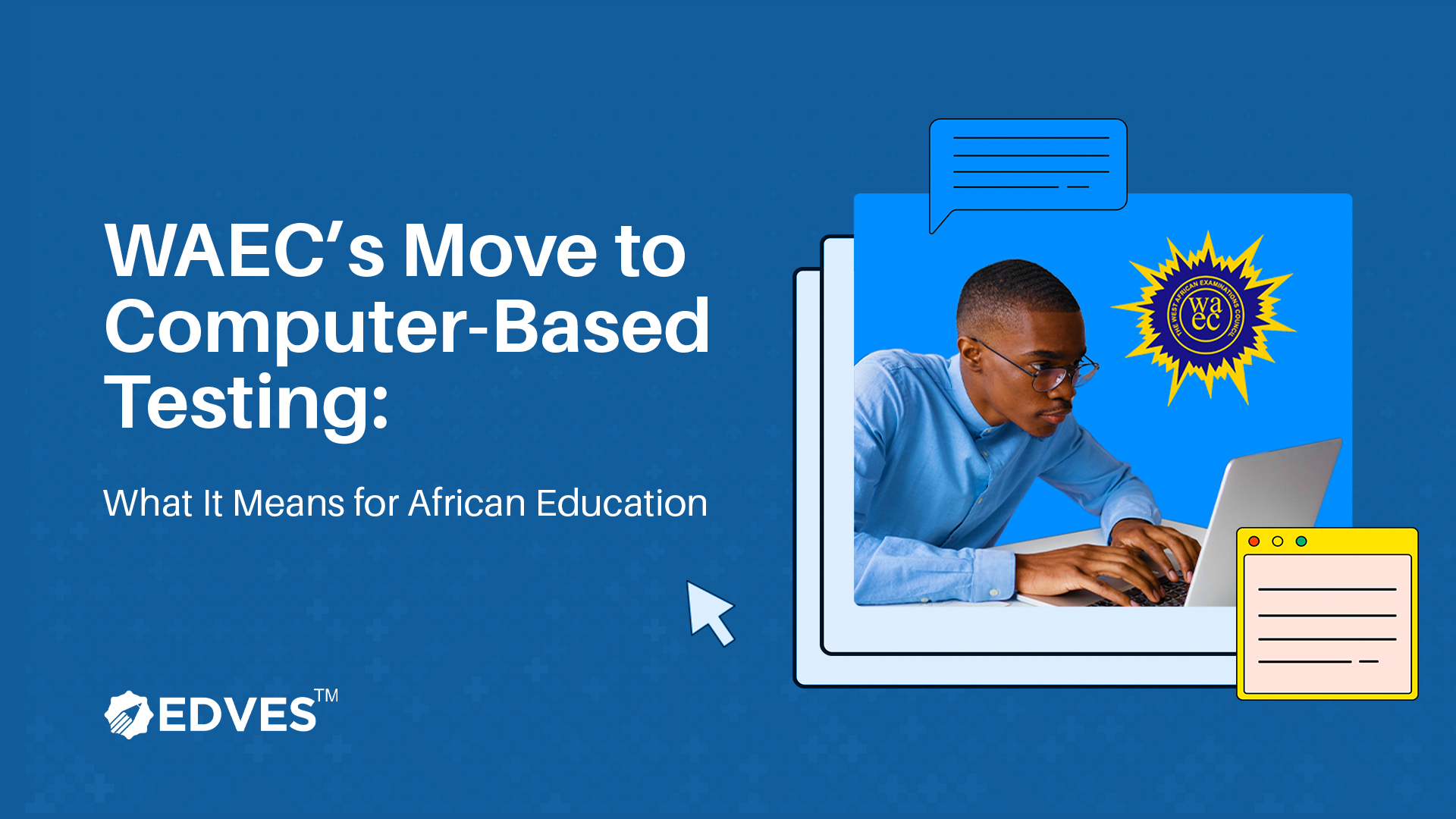Do you know why we keep having scenarios where parents think a child is smarter than the other?
It’s because a parent who has 2 children or more might be dealing with different types of learners without knowing it.
It’s the same with a teacher in a class. If they don’t understand the types of learners in the class, they would only be giving an assumed equal attention to the students, which might not be so helpful to students who have different learning needs. To have a balanced learning environment is to consider their learning style and find how to inclusively cater for them in the classroom.
What types of Learners are there?
According to Research, there are 4 major classes of learners: Visual, Reading and Writing, Auditory and kinesthetic. Now let’s break them down a bit.
Visual Learners: These learners love to learn from something they can see. They might struggle with lectures that rely solely on speaking words directly to them.
Here’s an interesting research result about them: According to Psychology Today, ” the primary reason people learn well via video is that the human brain processes videos 60,000 times faster than it does with textbooks”. Do you see that they have a great level of potential if properly managed ?
In K-12 Schools, videos, pictures, animations, diagrams or charts could be the best way to engage visual learners. To cater to visual learners, teachers can also introduce them to personalised learning through online videos.
Reading and Writing Learners: are also known as verbal learners. They learn best by reading and writing. They might prefer to read instructions or take written notes. To cater to these learners, teachers should incorporate more reading and writing assignments into their lessons. For example, they might assign reading passages with questions or have students write summaries of what they understood in the passage.
For teachers dealing with older students preparing for external examinations, giving them an opportunity to write and practice on their own while getting timely grading of their work could really motivate them ahead of their examinations.
Auditory Learners: Their preferred way to learn is by hearing and speaking.
They are proven to have a very sharp memory and find it easier to remember information if they hear it out loud.
Another research result has shown that “People are likely to remember only 10% of textual content (textbooks), 65% of visual content, but 95% of audio-visual content.”
Although this does not apply to all learners, what this means for auditory learners is that both Parents and teachers can encourage them with the use video lessons just like a visual learner, so they can both hear and see at the same time.
To further cater to auditory learners, teachers can use lectures, discussions, and group activities that involve verbal communication. They might also encourage students to repeat information out loud or record their own notes to listen to later.
Kinesthetic Learners: This is the fourth group of learners. They learn more with hands-on activities and physical movement.
Your child or student in this group might struggle with sitting still for long periods of time. To cater to kinesthetic learners, teachers can incorporate more hands-on activities into their lessons. For example, they might have students act out a scene from a book or conduct science experiments that involve physical manipulation. While parents could get them toys that would help them learn.
This doesn’t mean learners are limited to these four learning styles, there are students who are a blend of at least two or three of them. To identify them it’s important to observe them and be gentle especially when they make mistakes. These would help educators, and parents to give students in k-12 schools quality education and help in developing their potential based on areas of strength.




